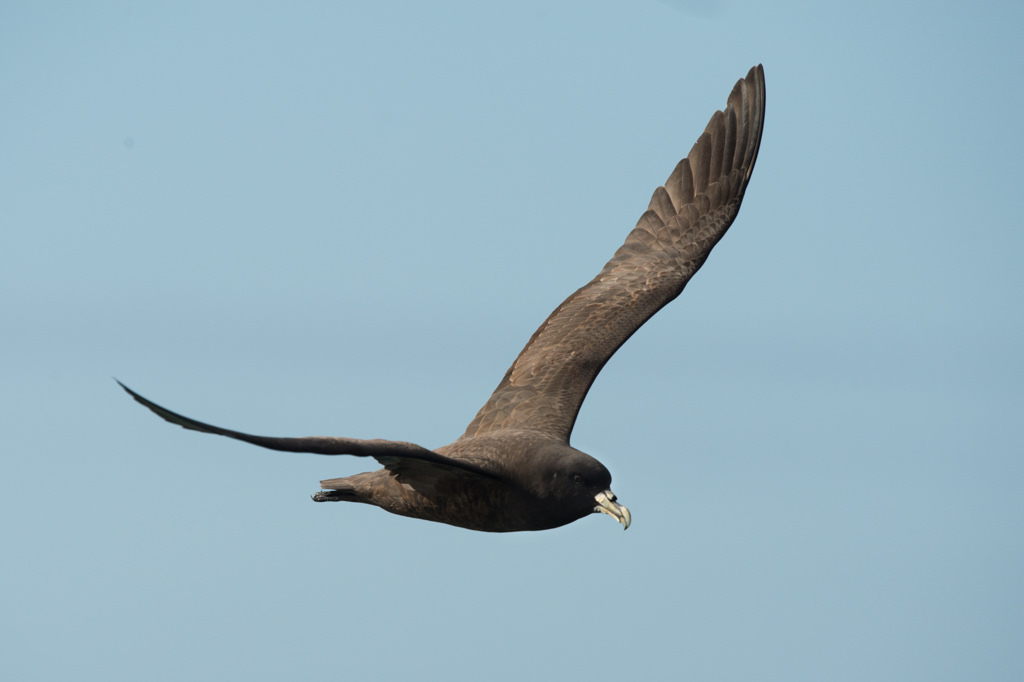Seabird Sensory Systems and Attraction to Artificial Light
December 9th, 2021
Seabirds are vulnerable to light pollution especially when they are fledging. They become disorientated which leads to collisions with anthropogenic structures, groundings and fallout. There is growing research into the types and colours of lights which are attractive to seabirds. Our team, in collaboration with the University of Auckland and Northern NZ Seabird Trust, explored this with the seabirds in the Hauraki Gulf. Using six different types of boat lights we recorded the visitation rates of seabirds to the different lights.
More seabirds were attracted during a new moon compared to a full. Also, we found that the site location was more important compared to the type of light. The different sites had different seabird species compositions. From a seabird’s perspective, when we modelled the lights against the seabird’s visual system we found that white LED light, halogen, flood light and fluorescent lights were very similar to each. However, the red LED light and the green LED light looked the most different from the seabird’s perspective.

Research is currently being conducted into the visual ecology of the seabirds to identify any correlations between light attraction and eyeball sizes. Seabird sensory ecology could be a useful tool to help understand light attraction.
Read more here